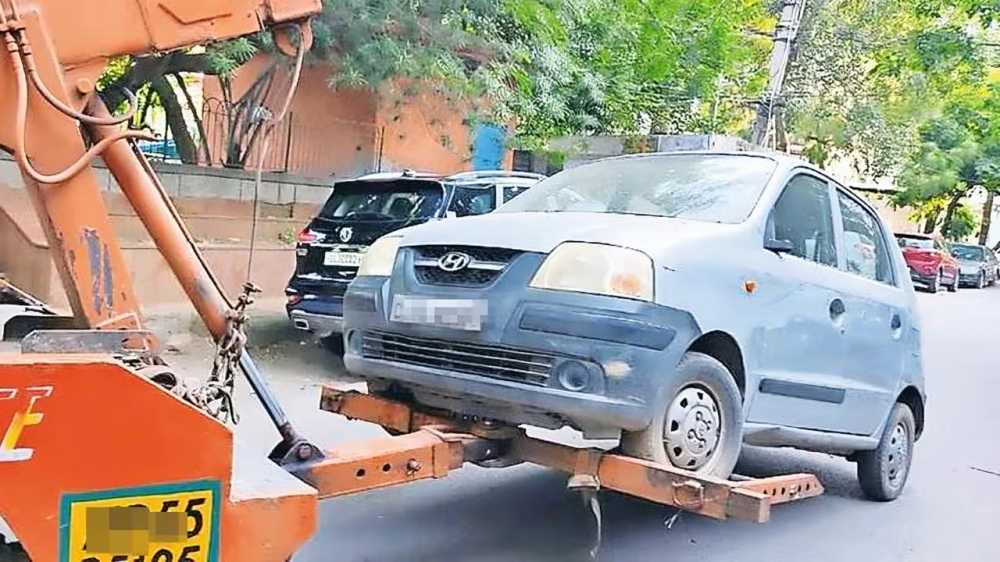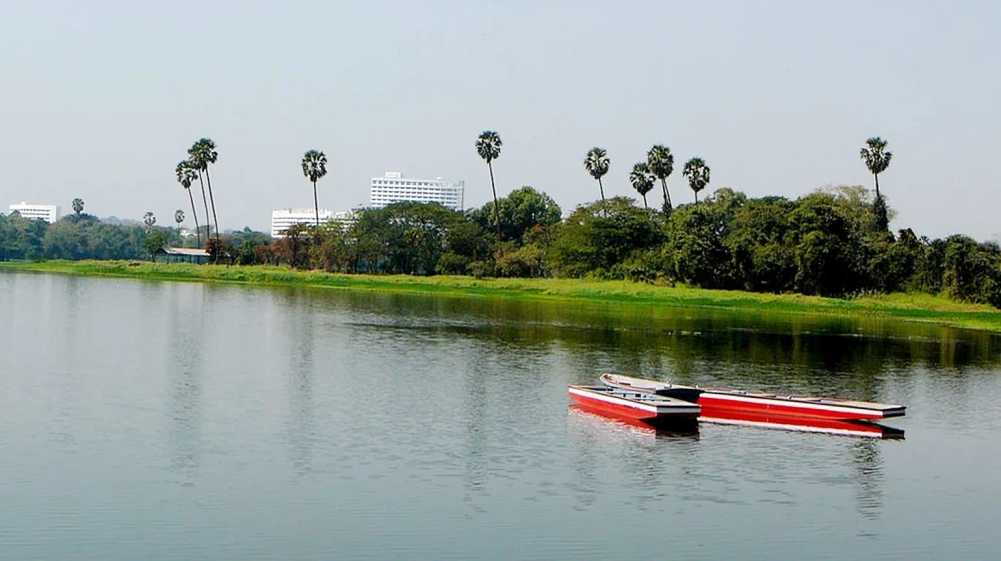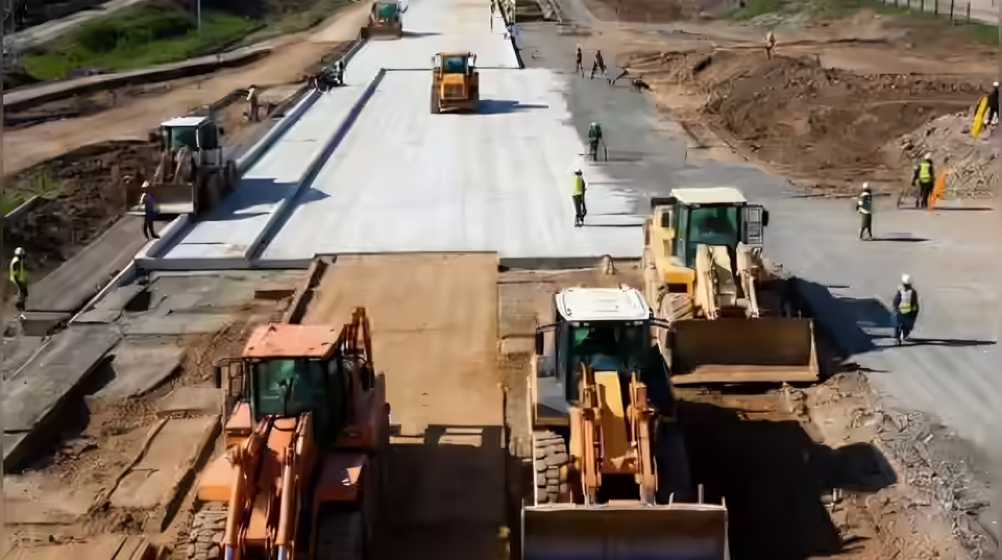A tragic incident in Mumbai’s Borivali has once again brought the safety of car-parking lifts under scrutiny. On Saturday, a 30-year-old man, Shubham Dhuri, lost his life and another person sustained injuries after a parking lift collapsed at an under-construction building. Dhuri was working on the installation of the lift at the time of the accident.
This marks the third such incident in as many years. In March 2024, two individuals were seriously injured in a similar collapse in Khar, while in January 2023, a labourer was killed in Vikhroli when a car lift fell on him.
Car-parking lifts are hydraulic platforms that vertically stack vehicles, offering a space-efficient solution in cities like Mumbai where horizontal parking options are limited. As land becomes increasingly scarce and floor space index (FSI) restrictions persist, developers are turning to these mechanised systems to maximise parking provision within compact building plans.
The Brihanmumbai Municipal Corporation (BMC) is also adopting this model. In February, the civic body began constructing a multi-level parking facility at Hutatma Chowk, with space for 194 vehicles. A larger facility is planned in Worli, aiming to accommodate 640 cars and 112 two-wheelers.
BMC’s 2012 guidelines laid out several types of mechanised parking solutions—such as stack parking, rotary systems, and robo parking—citing a rise in vehicle ownership and limited developable land.
According to procedure, car-parking lift installations must first be included in the building’s blueprint, and receive approvals from the BMC’s Development Plan department and the Mumbai Fire Brigade (MFB). Once construction is complete, MFB officials inspect the lifts before issuing a no-objection certificate (NOC).
Despite regulations, repeated accidents point to possible lapses in safety checks, underscoring the urgent need for stricter oversight and improved installation standards.
Source: The Indian Express





